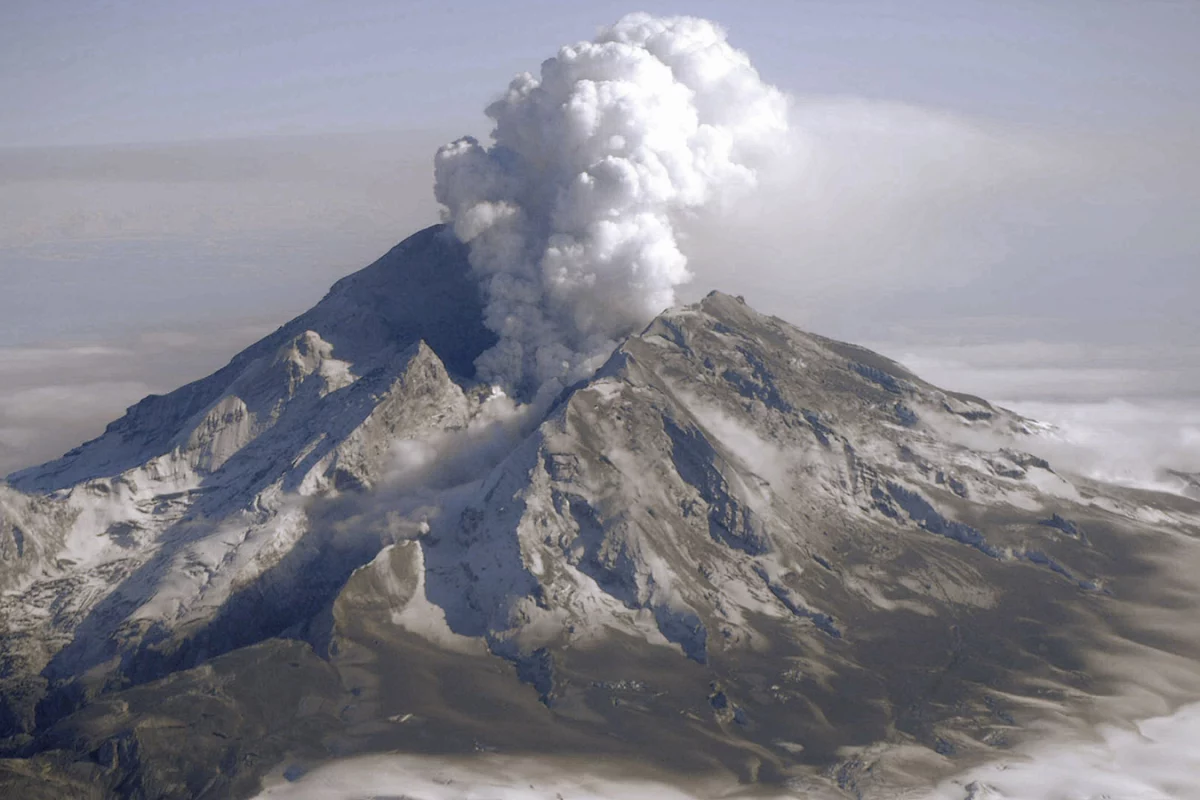Scientists have developed a new satellite-data-based early warning technique that could one day be used to predict volcanic eruptions years before they take place, according to the results of a new study. Alongside providing advanced warning, the orbital data could help the scientific community figure out which volcanoes should be fitted with sensitive ground-based monitoring equipment.
Volcanoes are among the most terrifying and spectacular sights to be found on our Blue Planet. They are capable of unleashing incredible destruction on the surrounding landscape, and on any people or animals that are unfortunate enough to live nearby.
Naturally, they have become a source of great interest from the scientific community. However, even after decades of study, no foolproof means of determining when a volcano will erupt has been developed. This is partly down to the fact that volcanoes are extremely varied in their appearance, makeup and behavior, and because relatively few of the 1,500 volcanoes spread across the face of the globe have been fitted with monitoring systems.
"Volcanoes are like a box of mixed chocolates: They may look similar, but inside there is a lot of variety between them and, sometimes, even within the same one," comments study co-author Paul Lundgren, of NASA’s Jet Propulsion Laboratory in Pasadena, California. "On top of that, only a few volcanoes are well-monitored, and some of the most potentially hazardous volcanoes are the least frequently eruptive, which means you can’t rely strictly on historical records."
During the direct buildup to an eruption, scientists can watch for ground movement, out-gassing and seismic activity in and around monitored volcanoes, in order to gauge what’s happening deep below the surface. But these methods are only effective a matter of days prior to an eruption.
The study has shed light on a new technique that could one day be used as part of an early warning system, that could alert populations to a potential eruption years before it actually takes place. The team behind the study examined over 16 years of spectral data collected by NASA’s Terra and Aqua satellites, which have spent decades exploring and documenting our planet’s ever-shifting climate.
Their goal was to observe the characteristics of several distinct types of volcanoes in the years leading up to known eruptions, in order to discover whether there were any common thermal traits that could be taken as a warning sign for such an event in the future.
It was found that every type of volcano exhibited a small increase in radiant surface temperature of just 1 °C (1.8 °F) in the years directly preceding an eruption. Furthermore, the researchers discovered that the heightened surface temperature returned to normal soon after the eruption.
The researchers therefore took the rise in heat as an early indication that a volcano was reawakening. It’s possible that the change occurs when magma flows upward from deep within the volcano, at which point gasses contained within the mixture are diffused into the surrounding rock, and rise to the surface. However, this is just one of a number of theories as to why the transient rise in temperature may be taking place.
By combining this technique with other volcano-observing methods, scientists may be able to glean a greater understanding as to what is occurring deep beneath the surface, and shed light on the processes that drive potentially dangerous eruptions. For example, in an earlier study which focused on the Domuyo Volcano in Argentina, it was suggested that a sudden inflation of the land surrounding the site was likely linked to the upwards movement of magma towards the surface.
The authors of the new study went on to compare their temperature readings on the Domuyo Volcano with the land movement findings from the earlier study, to determine whether they were connected.
"We found that the thermal time series very much mimicked the deformation time series but with some time separation," explained Lundgren. "Even though it remains unclear which process is likely to happen first, by showing the correlation, we can connect the processes through physics-based interpretations rather than simply relying on what we are able to observe at the subsurface."
The team hopes that in the future, the new technique will be used to check on volcanic activity in near real time, and that it could also be used to help the scientific community decide which volcanoes should be equipped with monitoring equipment.
The research has been published in the journal Nature Geoscience.
Source: NASA




